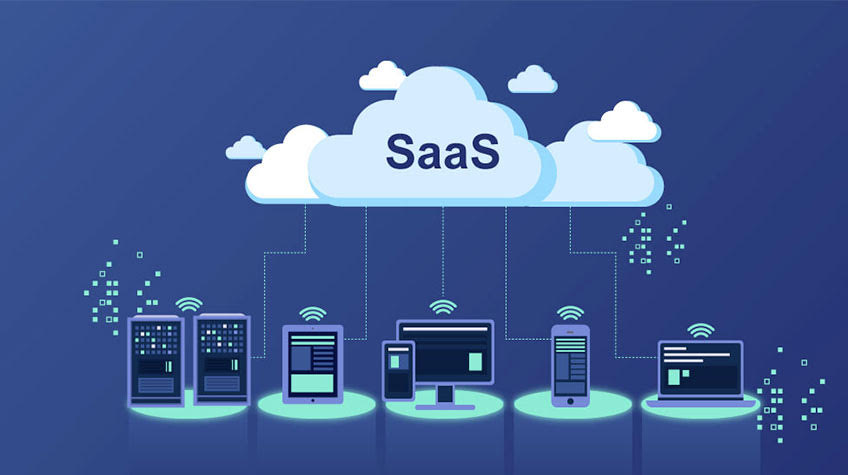The days of legacy fax machines are over. Once a highly valued commodity, this technology has been surpassed by more convenient digital means of communication. A prime example of this is Fax over IP, which allows users to send and receive faxes via the Internet. Sending faxes from your computer is a revolutionary concept, and yet many people don’t know how to use it correctly.
Many times people don’t know how to properly send a fax using FoIP because the office has relied on legacy fax systems for so long. Employees have grown accustomed to the old way of doing things, and haven’t yet learned what the new FoIP online fax system can do. To help with that, we’ve put together a few helpful tips on faxing from your computer for those who are either interested in learning how to use, or already have integrated a FoIP fax machine.
Understand your industry’s regulations
“Switching to FoIP may change how these rules apply to you.”
If your company has been operating within the same space for a long time, you should know your industry’s regulatory standards quite well. However, if you’ve been used to a legacy fax machine, switching to FoIP computer fax solutions may change how these rules apply to you. Perhaps the best example of this is the debacle the administrators at financial firm Craig Scott Capital, LLC ran into.
In an official report detailing the incident, Secretary of the Securities and Exchange Commission, Brent J. Fields, stated that the problem began in January 2012. Craig Scott Capital employees had begun using an eFax solution to communicate with customers and other outside partners. When such a system is set up, a company is given the option to let employees sign up for the service using their work email address. The reason a work-related email is necessary is that it gives officials more control over the flow of information.
However, employees at Craig Scott Capital disregarded this and began to receive faxes directly into their own inboxes. In fact, from the beginning of this event until June 2014, more than 4,000 faxes had been sent to personal email addresses. This was a huge problem because it violated Section 17(a) of the Exchange Act and Rule 17a-4, according to Fields.
Basically, this law is meant to govern the storage requirements of financial documents. By sending important work information to personal email addresses, Crag Scott Capital workers did not comply with the safety requirements needed for these kinds of records. This was certainly a simple mistake to make, as most employees probably didn’t even know they couldn’t use their own emails. Regardless, Craig Scott Capital was still breaking the law and must now face the consequences. This is exactly why companies looking to upgrade to FoIP should have an honest discussion about regulations. FoIP fax machines can help companies from multiple fields meet compliance standards, but only if the system is used properly.
Know who has access to company information
In a similar vein, it’s important that administrators know who can access important company data and how they are viewing this information. While this certainly applies to personal email addresses, it also has to do with the bring-your-own-device trend that’s gaining popularity all over the world. As the name entails, this movement is about using personally owned gadgets for work-related purposes. In fact, MicroMarketMonitor predicted the market surrounding business mobility and BYOD to be worth more than $360 billion by 2020.
 BYOD has become a big part of the business world.
BYOD has become a big part of the business world.One of the amazing benefits of a FoIP fax machine is that it can be accessed anywhere at any time from any device. While this is great for keeping the workforce mobile, it also offers a glaring vulnerability for hackers. The cybercriminal doesn’t even have to use any sort of techno-wizardry in order to view this information, either. Something as simple as picking an employee’s pocket can grant a malicious individual exclusive access to private correspondences that might enable identity theft or some other crime.
Thankfully, there are some very easy steps to take here in order to mitigate the risks of a data breach. First, employees need to be reminded of the danger they face when accessing company materials with their personal phones. Even businesses that don’t have an official BYOD policy still have staff members that use their own devices for work, and it’s important to stress that this isn’t acceptable behavior unless otherwise approved.
After that, it’s up to administrators to keep track of who can access these faxes. The shorter this list is, the more secure the company is, so only absolutely essential parties should be able to view this data.
Use integrated products
Another great advantage of working with a FoIP fax machine over a legacy fax system is the fact that this software can be used in conjunction with other applications, with one of the most useful being Microsoft SQL Server. This product is used to manage databases and large repositories of information, which is exactly what’s needed when you’ve got thousands of faxes to comb through.
What’s more, having such a setup would allow financial firms to avoid the event that befell Craig Scott Capital. The automatic archiving of FoIP systems allows companies to hold onto accounting information for the regulatory amount of time, but pulling this information back up after years have passed is easier said than done. Integrating a Microsoft SQL Server application allows for seamless interaction with outside fax-based correspondence without having to put too much work in.
Enhance enterprise communication, collaboration, and compliance efforts with a proven FoIP solution from FaxCore. Contact FaxCore today to learn more about their ‘Partly-Cloudy’ fax solutions.





